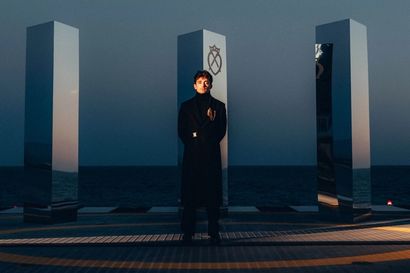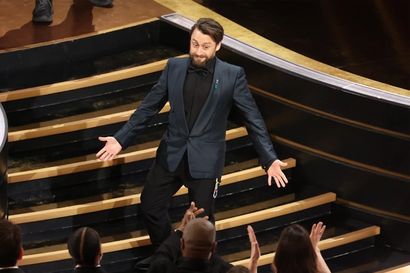Last year, Martin Scorsese returned to the big screen in a big way with his 26th feature film, Killers of the Flower Moon. Adapted from New Yorker journalist David Grann’s superb non-fiction book of the same name, Killers details the murder of the Osage Nation, a Native American tribe who, after finding oil on their land, are systematically and horrifically murdered by white men looking to cash in.
With Scorsese regulars Robert De Niro and Leonardo DiCaprio appearing in their tenth and sixth film for the director, respectively, Killers is seen as a late-career masterpiece for Scorsese, who is now 81. But, with an adaptation of another David Grann book – The Wager, a true story of an 18th-century shipwreck – and The Life of Jesus – the Andrew-Garfield-starring film that was meant to start shooting this October – allegedly in the pipeline, there’s still a lot to look forward to. In the meantime, let’s have a look back at Scorsese’s best work to date.

Image: Getty
In a 26-film catalogue (and that’s only counting the features), many greats had to fall by the wayside. While good, his religious films (Kundun; The Last Temptation of Christ; Silence) and New York City standalones (The Colour of Money; Bringing Out the Dead; After Hours) aren’t quite top-tier stuff.
We’ve also neglected most of his collaborations with DiCaprio. Sure, The Departed finally won him an Academy Award for Best Picture, but it’s difficult to justify a position among the very best of his oeuvre. Likewise, The Wolf of Wall Street, while a masterpiece, and thematically keeping with the greed on display in Scorsese’s latest, doesn’t depict the bloody violence of American life the way the director’s best five films do. And, should this be a top ten, Raging Bull and The King of Comedy would be assured.
All of which is to say, don’t @ us.
Mean Streets, 1973
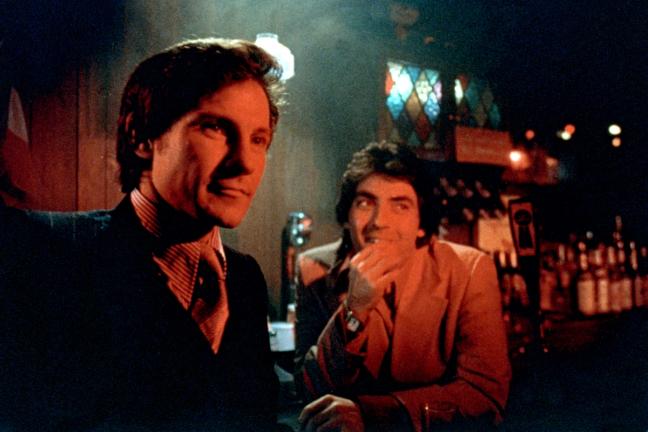
Scorsese’s third film, a tale inspired by the street-level thugs he grew up around, is where he really found his feet. It’s also his first collaboration with Robert De Niro who, as wisecracking, self-sabotaging Johnny Boy, takes on a role unlike anything else in his career.
De Niro’s characters usually have a dry sense of humour in Scorsese films, but, here, Johnny Boy is full of tortured, doomed glee. But, Harvey Keitel is the heart of the film as the petty gangster balancing his position in a criminal society with his obligations to Johnny Boy, and his religious convictions. Scorsese himself had studied to become a priest in earlier life and, here, he perfectly marries his two biggest themes – religion and crime – in a film that rapidly spirals out of control.
The Irishman, 2019
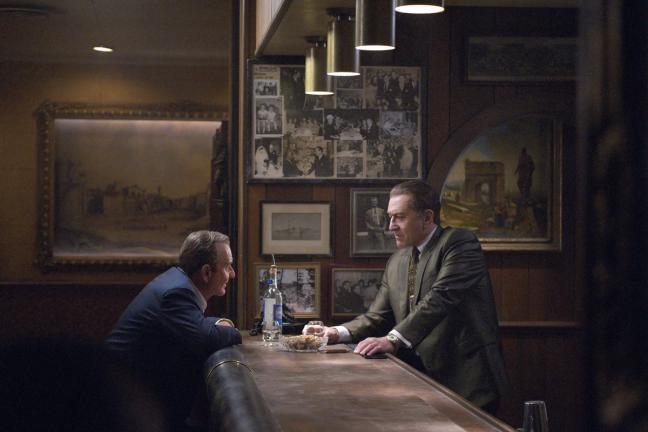
In The Irishman, Scorsese gives us a little bit more, asking us to go along with De Niro’s mobster (Irish, this time) as he looks back on a life of crime, including the murder of his best friend, teamster leader and associate Jimmy Hoffa (Al Pacino), in 1975. Whereas Casino, Mean Streets and even The Godfather end the story with the closing credits, here, Scorsese keeps the cameras running for a full three hours and 29 minutes to show us not just the highs but also the lows of the criminal life, including once-powerful men suffering strokes and prostate cancer, and the lone survivor left with his ghosts as he picks out his own casket.
If you weren’t sold on The Irishman when it came out, try it again. It’s the least glamorous of all of Scorsese’s gangster hits, but, by building upon everything that came before, it’s possibly the most important.
Killers of the Flower Moon, 2023
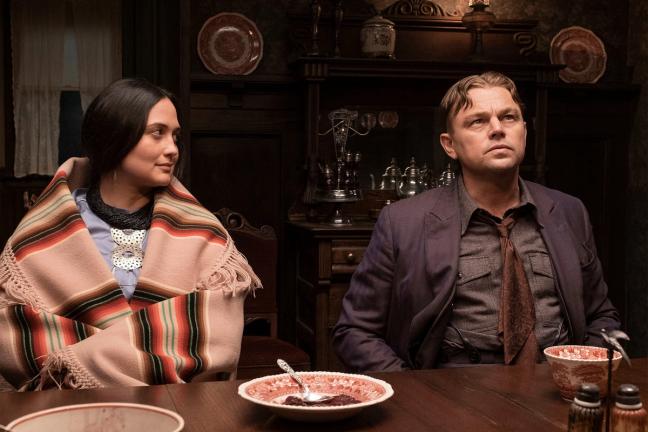
Some of Leonardo DiCaprio’s best performances have been under Scorsese’s direction, particularly in The Aviator and The Wolf of Wall Street. In Killers, he opts for a quieter take as the really not-very-bright (but inexcusably evil) Ernest Burkhart, who schemes with his uncle, William Hale (De Niro on fantastic form), to kill off members of the Osage tribe.
Killers is a film that broods with quiet menace; rarely are Hale’s plans stated explicitly – it’s all inference and what isn’t said that sets things in murderous motion. As Burkhart’s wife, Mollie, Lily Gladstone helps centre the film in the plight of the Osage, even if she’s given little to do for the final third of its extensive runtime. Waves of essays have been written on this film, but, without giving too much away, it is beautifully shot, costumed and set-designed, and serves as a tragic – if, at times, unexpectedly funny – accounting of the horror that white men bestow on native people the world over. For a lesser filmmaker, this would be their finest work. For Scorsese, it remains a thunderous achievement.
Taxi Driver, 1976
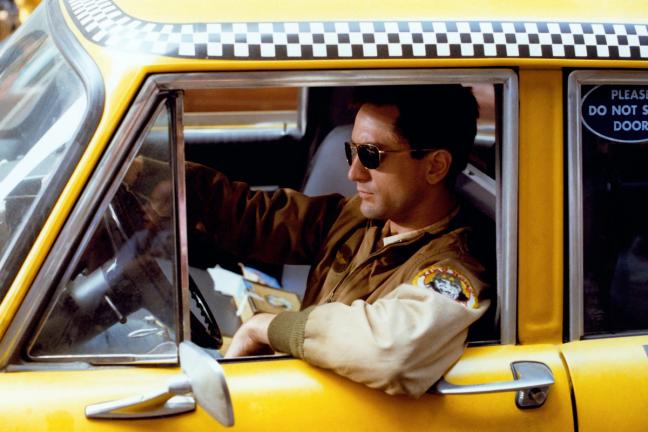
Following Mean Streets, the studio wanted more from Scorsese and De Niro. Along with Raging Bull, Taxi Driver is arguably their most iconic pairing. With Travis Bickle, a lonely, sleepless cab driver with an urge to assert his value by cleaning up what he sees as a cesspool New York, Scorsese and De Niro created the prototype angry young man.
Bickle haunts every frame he’s in, exuding sordid ‘men’s rights’ and ‘incel’ energy decades before those terms were coined. The ultimate showdown, in which he rescues a 12-year-old Jodie Foster from life as a sex worker, all but predicted the Pizzagate conspiracy, painting the right-wing nutjob as the unhinged hero. Whether the ending is all a dying dream of glory is still up for dispute. For all its brutality and ugliness, Taxi Driver is an incredibly beautiful film, especially in its depictions of New York at night (its main palette), while its editing, camerawork and pacing all hold up, almost 50 years on. Like The Wolf of Wall Street, this film should be taken as a warning.
Goodfellas, 1990
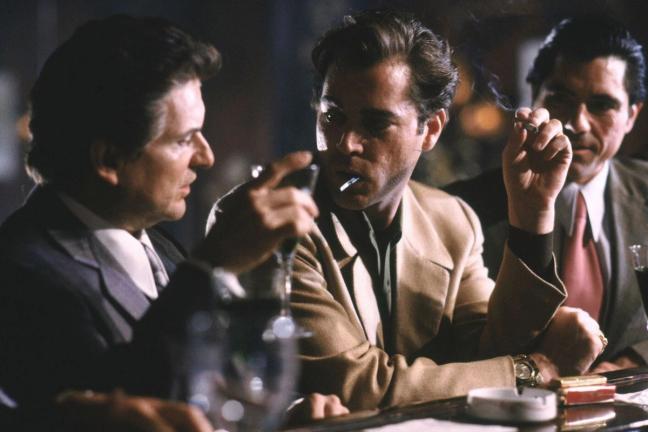
The Sopranos, The Godfather and Goodfellas – when it comes to the mob on screen, this is arguably the holy trinity. While the three share a lot of New York actors, Goodfellas belongs to De Niro who, as a middle-aged, mid-tier mobster, has the job of keeping everything together, even as the ambitious Henry Hill (Ray Liotta), the neighbourhood kid turned drug pusher, threatens to f—k it all up.
From the voiceover to the Copacabana tracking shot to Joe Pesci’s “Funny how?” to Scorsese’s mum’s breakfast cameo to the prison garlic scene to Hill’s long, paranoid day of meatballs, handguns and helicopters, Goodfellas simply cannot be bettered. It has style in abundance; grisly yet darkly funny hits; and an energy that simply doesn’t let up. The colours, the cast, the camerawork, the soundtrack, this is Scorsese firing on all cylinders almost two-and-a-half decades into his career. 34 years on, he hasn’t beaten it… yet.
Want more big-screen content? We look back at Sir Michael Caine’s best roles…

Become a Gentleman’s Journal Member?
Like the Gentleman’s Journal? Why not join the Clubhouse, a special kind of private club where members receive offers and experiences from hand-picked, premium brands. You will also receive invites to exclusive events, the quarterly print magazine delivered directly to your door and your own membership card.
